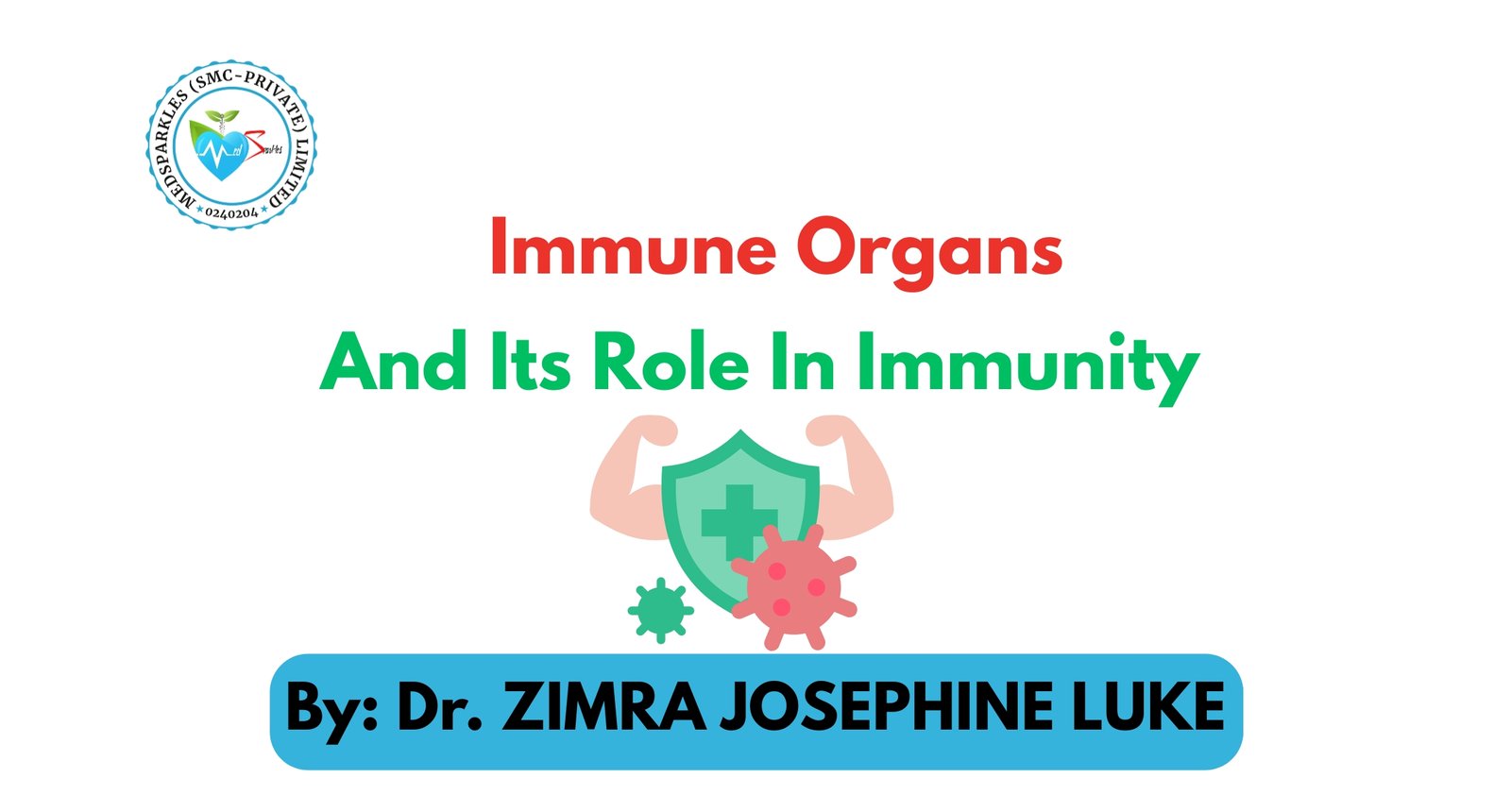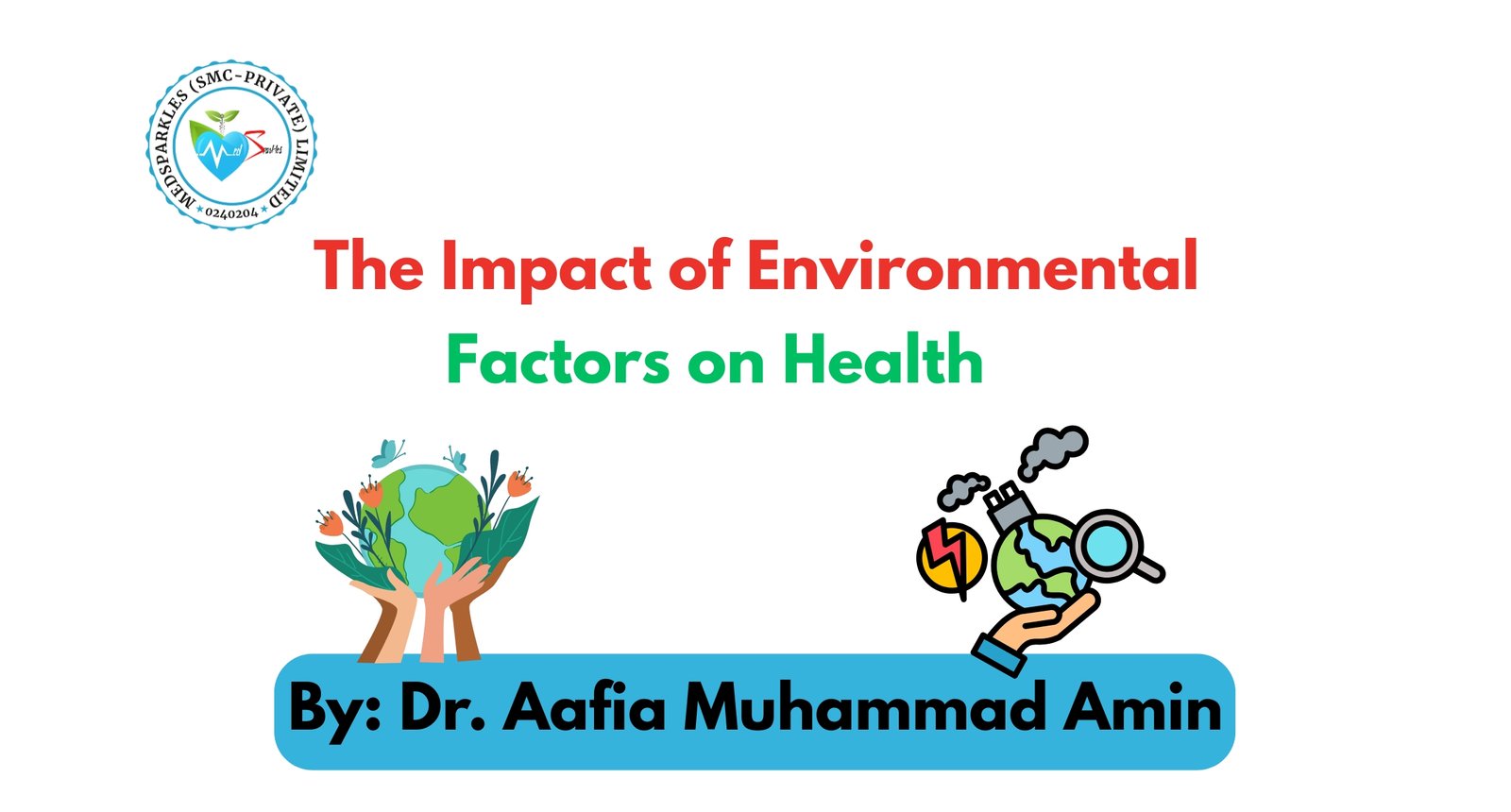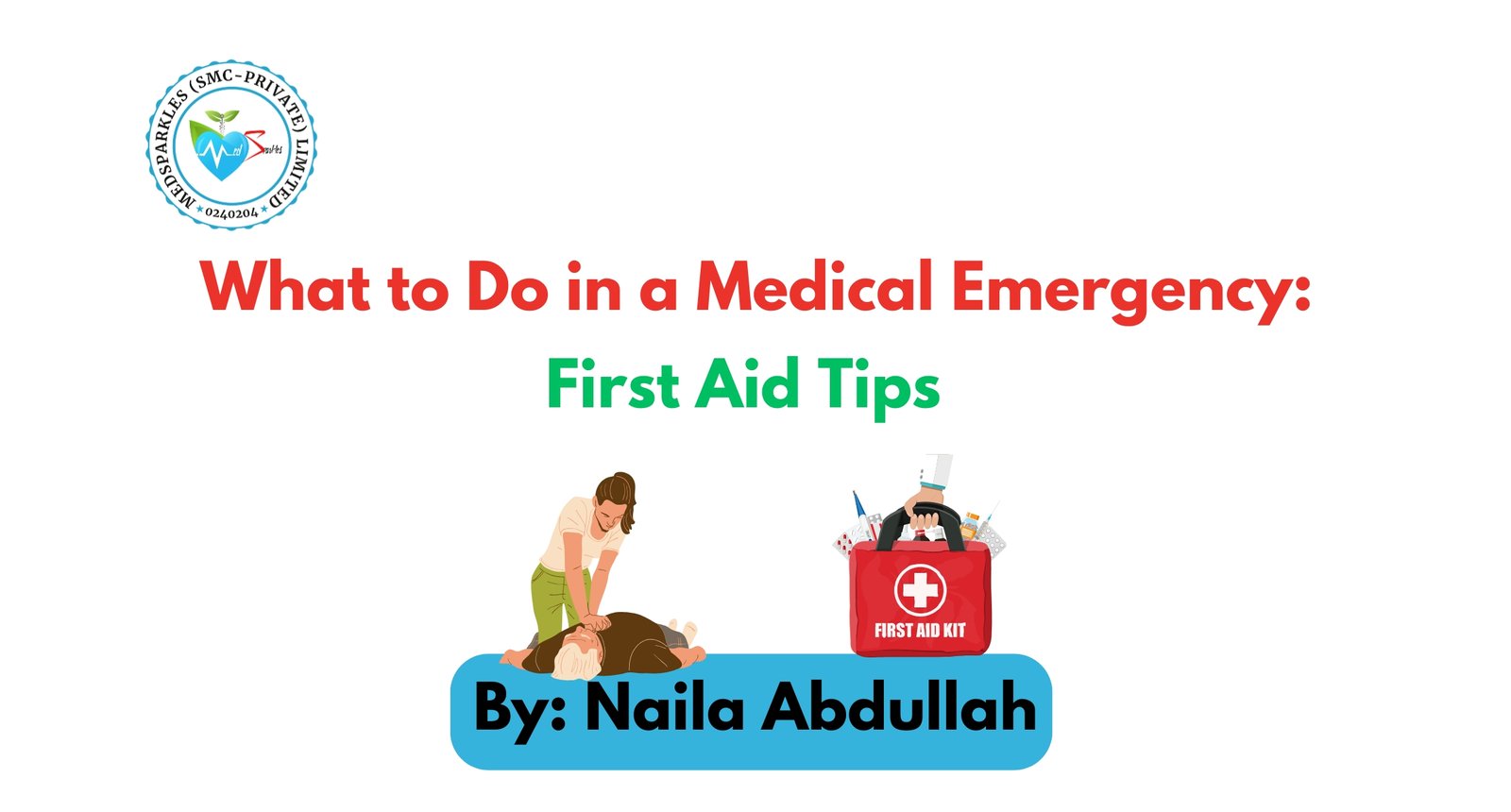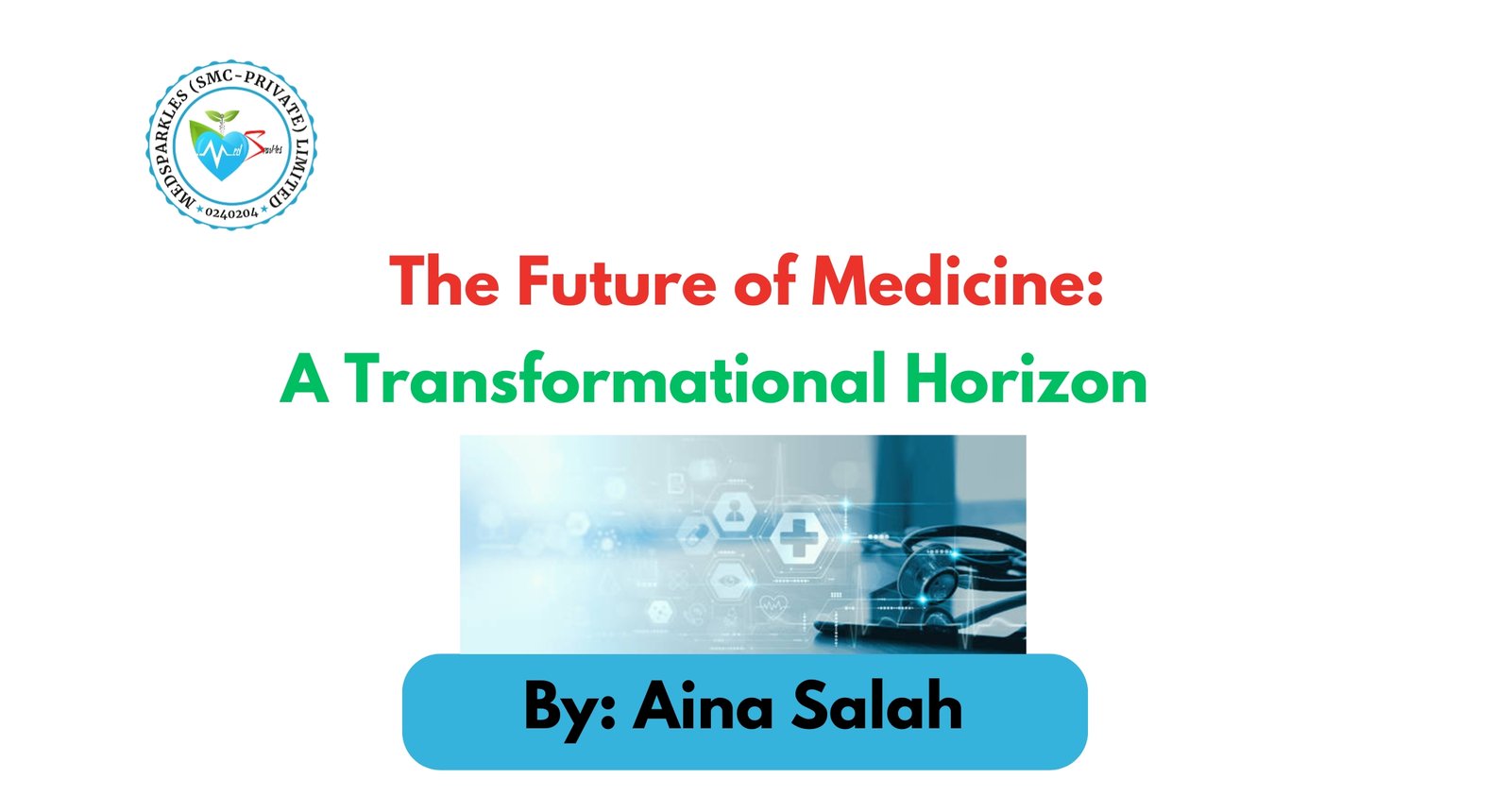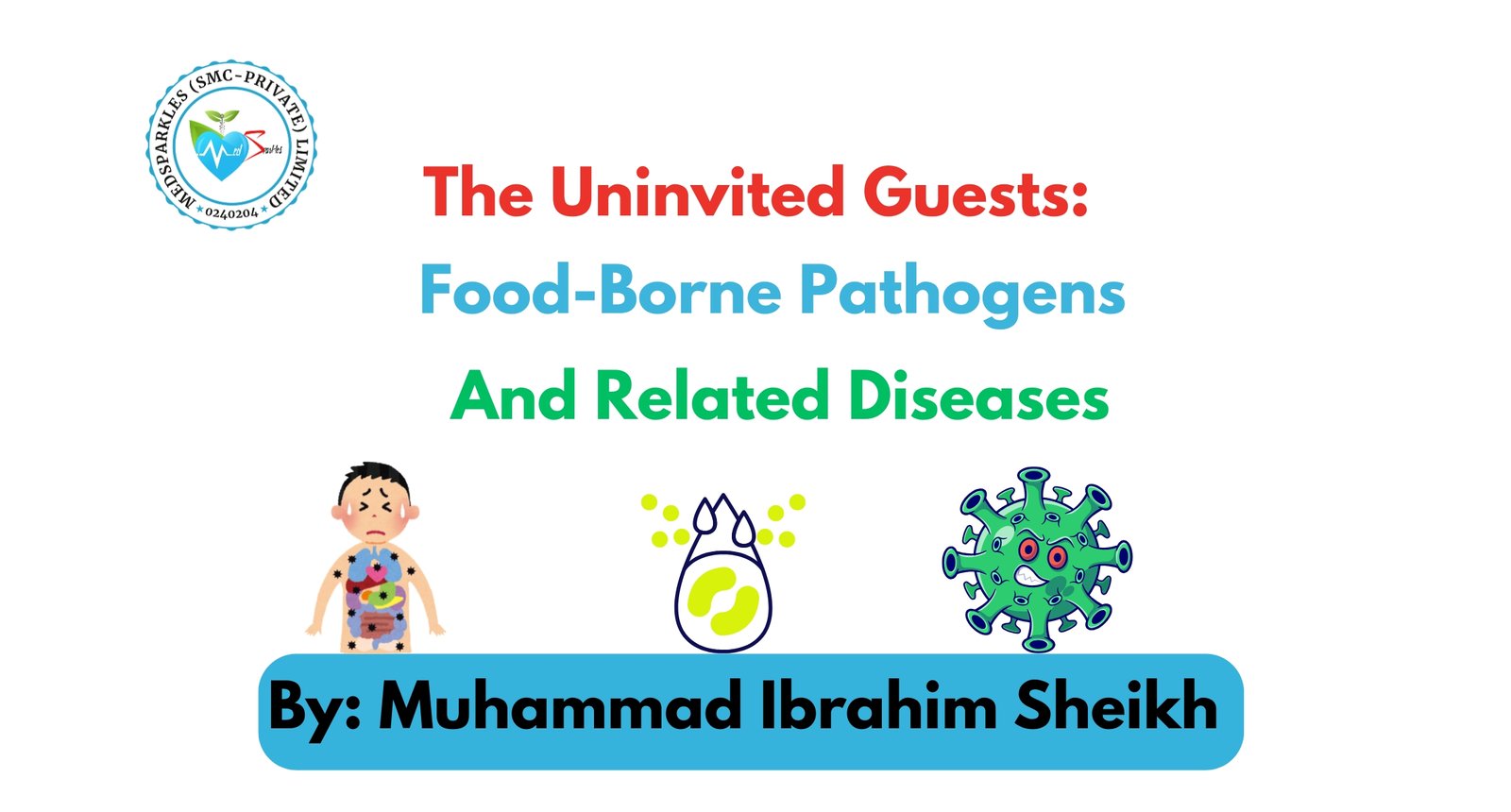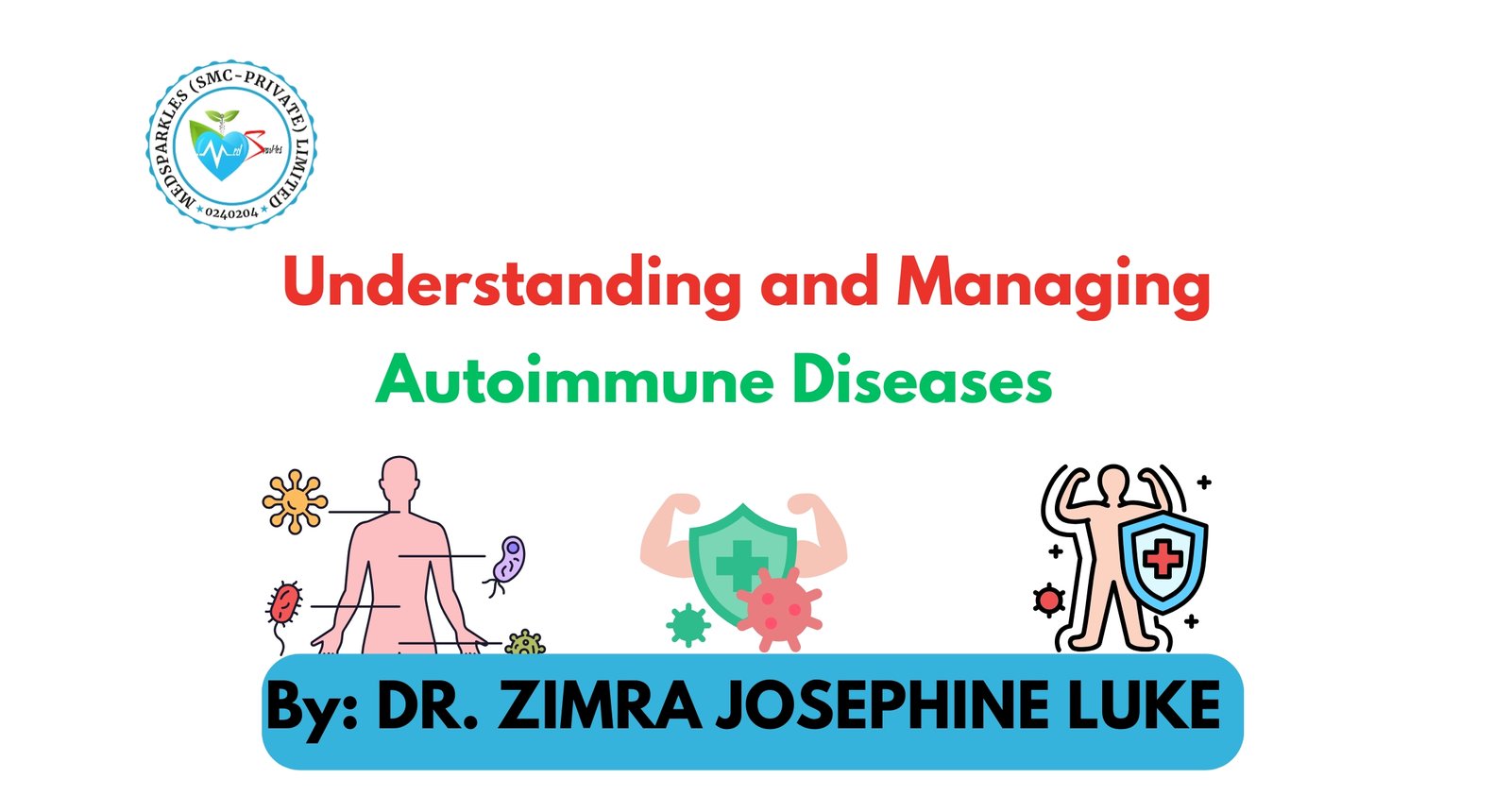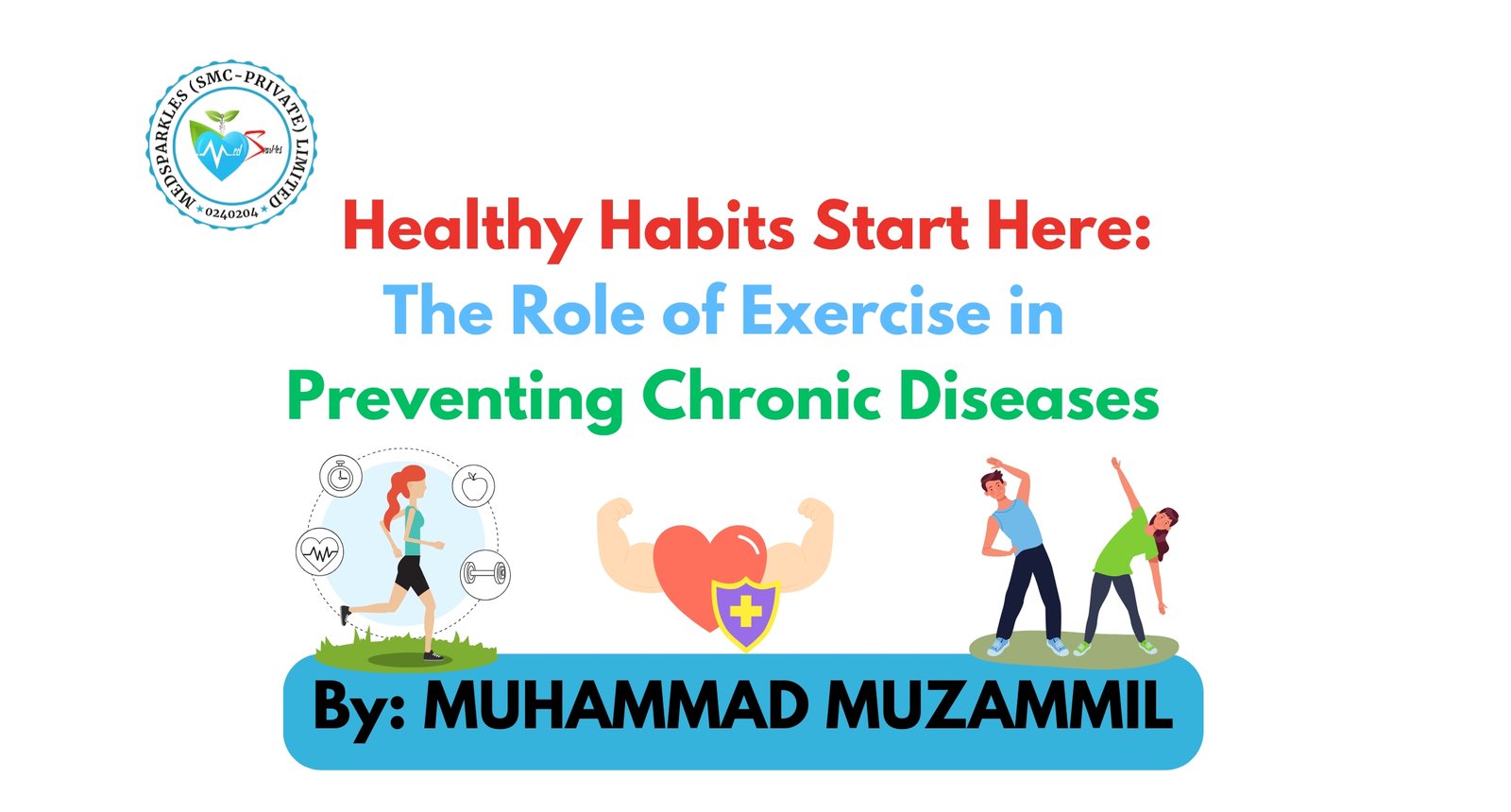Our body’s defense mechanism is really intriguing. As you go deep in studying it, you uncover many concepts and praise how each process helps to protect us against many foreign antigens like bacteria, virus, allergens and their diseases.
When a germ or antigen enters a body, the cells and organs work together to eliminate it, saving the body from various infections.
Where it is necessary to learn about the immune cells, it is also important to know about the genesis of these cells. There are special organs that contribute in producing and maturing the immune cells before they provide immunity. The knowledge of these organs and how they produce immune cells, helps us to understand the role of immune cells in defense.

1. Skin and Mucous Membranes:
Skin is the largest organ in human body and it is the first line of defense against antigens. It is a barrier that must be crossed for an antigen to enter the body. An intact skin has three layers i.e. epidermis, dermis and subcutaneous layer.
The epidermis is the outermost part of the skin that comes in contact with germs. Sweat glands are present in dermis layer, it releases sweat that comes onto the surface of skin. Sweating blocks the penetration of antigens by secreting
- Dermacidin, a natural antibiotic that kills bacteria and
- IgA antibodies for protection.
Sweat also hydrates the skin that doesn’t let it break.
If the antigen enters through breath, it comes across the mucous membrane, lines the internal surfaces of respiratory system, which releases a sticky substance called mucous, that traps these antigens and doesn’t let it go inside the lungs.
Further, there are special hair like structures known as cilia that brushes the mucous out of the nose or into the mouth to be spitted out. If it is swallowed, it will not cause infection as the bacteria or virus are killed by a strong acid known as hydrochloric acid present in the stomach.
2. Adenoids: Adenoids are located in soft palate behind the nasal passage and are about 6.2 mm in size. They are present in childhood and completely disappear in adulthood. Their function is to trap germs and kill them with its own antibodies. While fighting germs, they get inflamed. In severe cases involving ear infections and hearing problems, snoring and breathing breaks in sleep called sleep apnea, they can be surgically removed known as Adenoidectomy.
3. Tonsils: Tonsils are two lumps on both sides of throat. They contain B cells and T cells that destroys foreign antigens. They too can be inflamed leading to sore throat along with fever. This condition is known as Tonsillitis. When persistently swollen, a surgical procedure known as Tonsillectomy can be done to remove them.
4. Lymphoid Organs:
These organs are divided into Lymphoid Organs and Secondary Lymphoid Organs.
- Primary Lymphoid Organs: Includes thymus and bone marrow.
- Thymus: It is a pyramid shaped organ found in the middle of chest and just above the heart. It consists of two lobes each containing a medulla (the outer part) and cortex (the inner part).
It is also called as training center for T cells or T lymphocytes because T cells are formed in bone marrow and eventually transported to thymus where they are matured so that they can differentiate between body’s own cells and foreign particles. Thus, they got the letter ‘T’ from thymus.
Now you may ask how they are matured, or what changes they go through?
T cells as precursor enter the thymus, as they lack surface antigens called as T Cell Receptor (TCR). As these cells pass through cortex, CD4+ and CD8+ antigens are expressed in them. CD stands for Cluster of Differentiation and positive sign means the presence of antigen.
Furthermore, these cells enter the medulla of thymus, where if they comes in contact with MHC I proteins (Major Histocompatibility Complex), they expresses CD4+ antigens whereas, in contacting with MHC II proteins, they express CD8+ antigens. After this process of maturation, T cells enter the circulation and lymphatic system as Helper T cells (CD4+ cells) and Cytotoxic T cells (CD8+ cells). Due to these antigens, they differentiate between self-cells and foreign antigens.
- Bone Marrow: It is the soft, spongy tissue inside the bones which produces immune cells and blood cells. It produces B-lymphocytes and itself matures them by expressing BCR (B-Cell Receptors). The cells got the letter ‘B’ from bone marrow. After maturation, B-cells go to bloodstream and lymphatic system.
ii. Secondary Lymphoid Organs: These organs can be called as the site of action of immunity.
They includes Spleen, Lymph nodes and Mucosa (linked with lymphatic tissue)
- Spleen: It is the largest secondary lymphoid organ in adult located on the left side of body just above the kidney. It contains two parts i.e. White pulp and Red Pulp.
White pulp is rich in lymphoid cells and produce antibodies, however, the Red pulp has many sinuses and large amount of erythrocytes (RBCs), macrophages and lymphocytes. The Red pulp eliminate injured or aged RBCs, due to this process the spleen is also called as the Graveyard of RBCs.
- Lymph Nodes: These are small, bean-shaped structures located all over the body. Their primary function is to filter out harmful particles from lymph, and along with the presence of T cells and B cells, it produces immune response.
- Mucosa: They are same as mucous membranes discussed above.
In conclusion, the immune organs are significant part of our immune system, without them, our defense mechanism has never existed.
Frequently Asked Questions
Q1: What are immune organs?
Immune organs are part of immune system, that produces and matures immune cells along with initiating immune responses.
Q2: How skin helps in immunity?
An intact skin is the great barrier for foreign antigens. It also secretes sweat that destroys these antigens.
Q3: Why there is need for maturation of T cells and B cells?
T cells and B cells are matured by expressing Cell surface receptors or antigens to differentiate between body’s own cells and foreign antigens, and thus our immune system doesn’t destroy our own cells.
Q4: Why secondary lymphoid organs are called as “The site of Action of Immunity”?
These organs contain produces and matured lymphocytes, thus they act and work in the organs to destroy the germs.
Q5: How our defense mechanism was incomplete without immune organs?
Immune organs makes the WBCs or the army of our body, without it, these cells can’t be produced and our body will have no defense mechanism against the germs.
